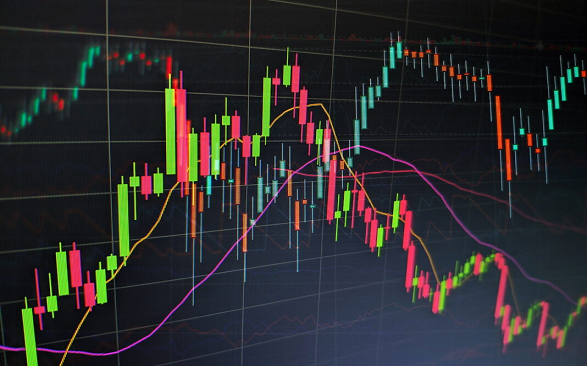Liquidations are common in high-risk trading due to the volatility of assets. During trading, if a trader’s margin balance reduces, the exchange will demand for extra collateral to keep the position funded. Liquidations occur when an exchange forcefully closes a trader’s leveraged position due to a partial or total loss of the trader’s initial margin. That happens primarily in futures trading, which only tracks asset prices, as opposed to spot trading where traders own the actual assets. In this piece, we will differentiate between futures trading and spot trading, and then show you how to minimize losses and avoid getting liquidated when trading futures.
Difference between Futures Trading and Spot Trading
Essentially, futures trading allows investors to speculate on the future price of a cryptocurrency. The question here is, “will the price go up or come down?” Traders can go long to wage on a price advance, or go short to anticipate a price drop. Hence, there’s opportunity to profit whether the market is going up or coming down. One of the most important benefits of futures trading is the use of leverage. It increases both potential returns and risks. Therefore, traders must always exercise caution. A leverage of 2x or 5x would be considered appropriate especially for those who are new to crypto or those who trade with very high volume.
On the other hand, spot trading involves directly purchasing or selling cryptocurrencies. Delivery of the asset is often immediate. Spot trading occurs in spot markets, which are either exchange-based or over-the-counter (directly between traders). When trading on spot markets, you can only use assets you own – there is no leverage or margin. Basically, spot traders try to make profits in the market by purchasing assets and hoping they’ll rise in value. They can sell their assets later on the spot market for a profit when the price increases.
How do you minimize losses and avoid getting liquidated when trading futures as a crypto asset buyer?
- Have a trading plan and stick to it.
A trading plan is a must-have for every serious trader. A trading plan is a researched and written document that guides a trader’s decisions. The trading plan outlines how a trader will find and execute trades, including under what conditions they will buy and sell, how large of a position they will take, how they will manage positions while in them, what coins can be traded, and other rules for when to trade and when not to.
Essentially, a trading plan includes entry and exit rules, as well as risk management and position sizing rules. The trader may add additional rules at their discretion to control when and how they trade.
- Carry out Technical and Fundamental Analyses before taking a trade.
Fundamental analysis is a method of measuring the intrinsic value of a cryptocurrency. Technical analysis is a method employed to evaluate investments and identify trading opportunities in price trends and patterns seen on the charts. Some traders rely only on FA or TA but it’s important to employ both for more accurate prediction. It’s ideal to read up the fundamentals and news about a cryptocurrency as a way to double-check your technical analysis.
- Apply appropriate risk management.
Risk management techniques such as Stop-losses and Total Capital at Risk can protect your investment capital from outsized losses. Invest what you can afford to loose.
Never invest money that you can’t afford to lose. Trade crypto futures with excess savings to detach emotions from your investment decisions.
It is based on this that responsible exchanges will always warn that buying, selling, holding and partaking in futures trading of cryptocurrencies are activities that are subject to high market risk. The volatile and unpredictable nature of the price of cryptocurrencies may result in significant loss. But with better risk management, cryptocurrency trading can be highly lucrative. If it’s not done right, a trader can suffer huge losses.
The crypto asset buyer particularly should always have these things in mind.
Discover more from Crypto Asset Buyer
Subscribe to get the latest posts sent to your email.




5 Comments
Amah, Chimgozirim
This is an educating write up. I will be minimizing my losses better now. Thank you for the updates.
Victor Solomon
Thanks for your feedback Chimgozirim. We are glad you found this educating and helpful. Please be sure to follow up for more helpful information. We would love to continue providing reliable information to guide ctypto asset buyers like you.
Elvis Nwaiwu
Do you think Scalping is a good strategy in Futures trading?
Inemesit
This is an important write up for all the traders and investors in crypto no how to minimize looses and to avoid getting liquidity while trading, and to also know what you are in for in crypto
Thanks sir.
Comments are closed.